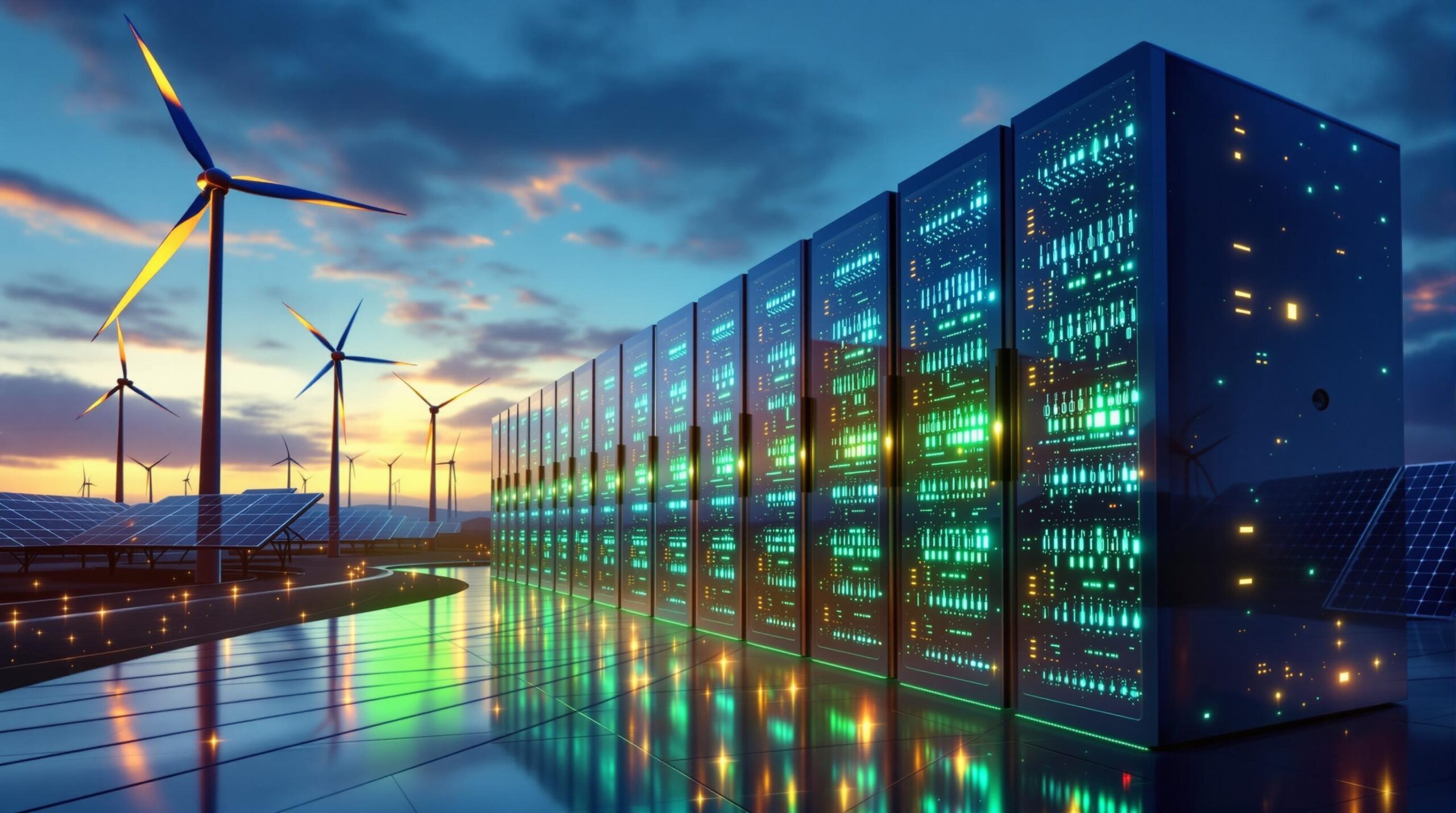
Why Everyone’s Talking About AI’s Power Use
So here’s the deal. On April 10, 2025, the International Energy Agency (IEA) dropped a report that made people sit up straight.
It said that by 2030, electricity used by data centres including the ones running AI tools like ChatGPT, MidJourney and others could more than double. Yep, not just a little rise. We’re talking about double the current usage.
And naturally, social media went nuts. X (you know, what used to be Twitter) was buzzing with all kinds of takes. Some folks were hyped more power, more AI, smarter tech. But many were seriously worried.
And honestly, who can blame them? We’re already hearing about power shortages and climate issues. Now imagine adding this AI electricity binge on top.
What the IEA Actually Said In Simple Words
Okay, here’s the gist.
Back in 2022, data centres globally were already using around 460 terawatt-hours (TWh) of electricity.
By 2030, that number might hit 1,000 TWh.
To give you an idea that’s close to what Japan uses in a year. Let that sink in.
And why is this happening? Well, because AI doesn’t just run on ideas and code it runs on pure electricity.
Training big models like GPT-4 takes weeks on thousands of GPUs. And even after training, every time you ask a chatbot something or generate an image, electricity is being used behind the scenes.
Which Countries Are Feeling It Most?
Right now, places like the US, Ireland, and Nordic countries are hosting a lot of data centres.
But now, Asia-Pacific is stepping in especially India, Singapore, and China. And with India aiming to be a tech leader, this is something we seriously need to keep an eye on.
The Big Dilemma: Innovation vs Environment
We’re at a tricky point.
AI is doing amazing things helping detect cancer early, giving accurate weather forecasts, even improving education in remote areas. No doubt about that.
But there’s a flip side. All this “smartness” is coming with a massive power bill and carbon cost.
I read two opinions online that really hit home:
“AI is revolutionising climate research, medicine, and education what’s the big deal about some extra power?”
And then the other one:
“If the tools we use to fight climate change are worsening the problem… what’s even the point?”
That second one? Yeah, kind of hard to ignore.
What’s Causing the Power Spike?
Here’s what’s cooking behind the scenes:
- AI training and inference – Models like GPT-4, DALL·E, etc. need GPU clusters that run for weeks.
- Crypto mining – Still going strong in many places.
- Cloud gaming & streaming – Think Netflix, Xbox Cloud, etc. they’re no less power-hungry.
- Cloud expansion – Every app, startup, or smart home gadget is hosted somewhere on the cloud.
In short, the digital world is growing fast. And it’s gulping down power just as fast.
Can Renewables Catch Up in Time?
Here’s the hopeful part.
Some countries are already saying: “Fine, build your data centres, but show us your green energy plan first.”
Like in Ireland and Denmark, new data centres need to commit to renewables from the start.
Big tech companies like Google and Microsoft have promised to go 100% carbon-free by 2030 at least for their data centres.
And in India? Our solar sector is gaining serious attention. Could become the backbone for our AI growth, if done right.
But let’s be real renewables need to scale faster than AI does. Otherwise, it’s like trying to fill a water tank with a hole in it.
India’s Role in This Power Puzzle
As India runs towards becoming an AI giant, we’ve got to play it smart.
Here’s what needs doing:
- Upcoming data parks in Tamil Nadu, Telangana, Gujarat? They better have green energy baked in from the start.
- Make it mandatory for big AI or cloud investments to include renewable plans.
- Educate startups even your chatbot uses energy. Awareness is the first step.
If we don’t act now, we might end up chasing tech dreams while blackouts and heatwaves become normal.
Bottomline: Smarter AI, Not Just Bigger AI
Here’s a thought what if the next big leap in AI isn’t about speed or intelligence… but about how little energy it uses?
We don’t need more machines that think fast. We need machines that think smart and consume less.
That means:
- Models that need fewer GPUs
- Data centres powered by wind, solar, or even ocean energy
- Public and policy pressure that pushes companies to clean up their act
Because let’s face it AI is staying. But how we choose to power it? That choice is still ours.
And maybe, just maybe, AI won’t just be smart. It’ll be wise too.

No comments yet. Be the first to comment!